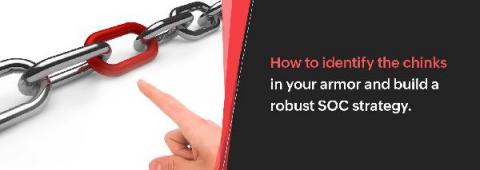What Is a Security Operations Center (SOC)?
Data breaches are costing organizations millions of dollars on average. In its 2020 Cost of a Data Breach Report, IBM found that a data breach cost the average organization $3.86 million. This price tag was even greater for organizations located in the United States and operating in the healthcare industry at $8.64 million and $7.13 million, respectively. What’s behind this price tag, you ask?









